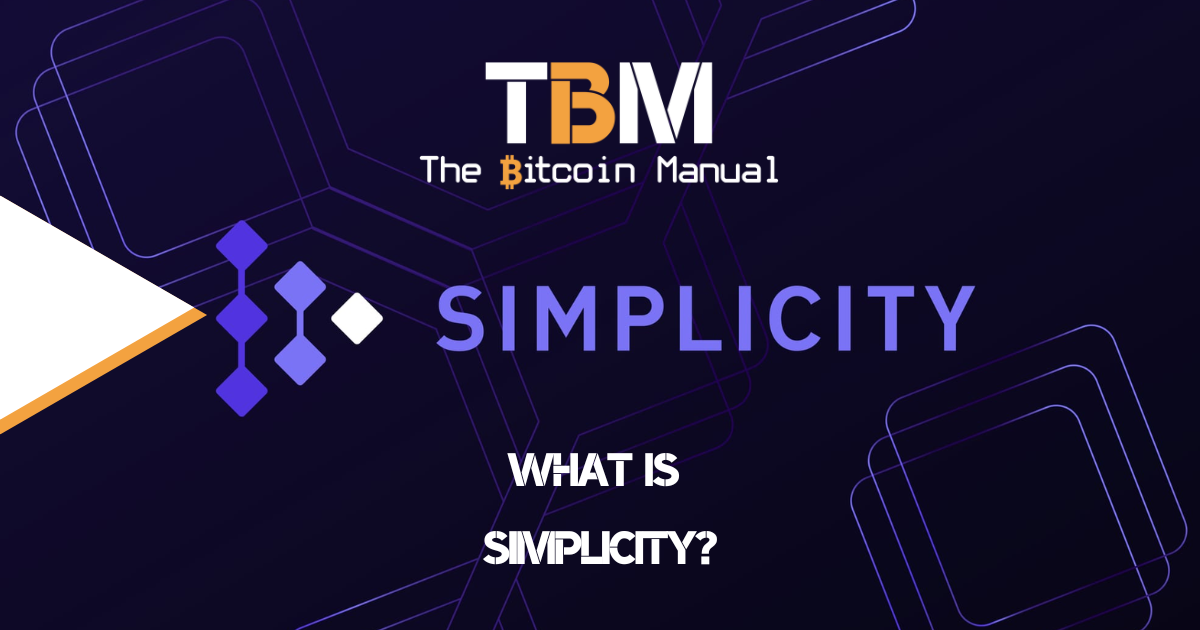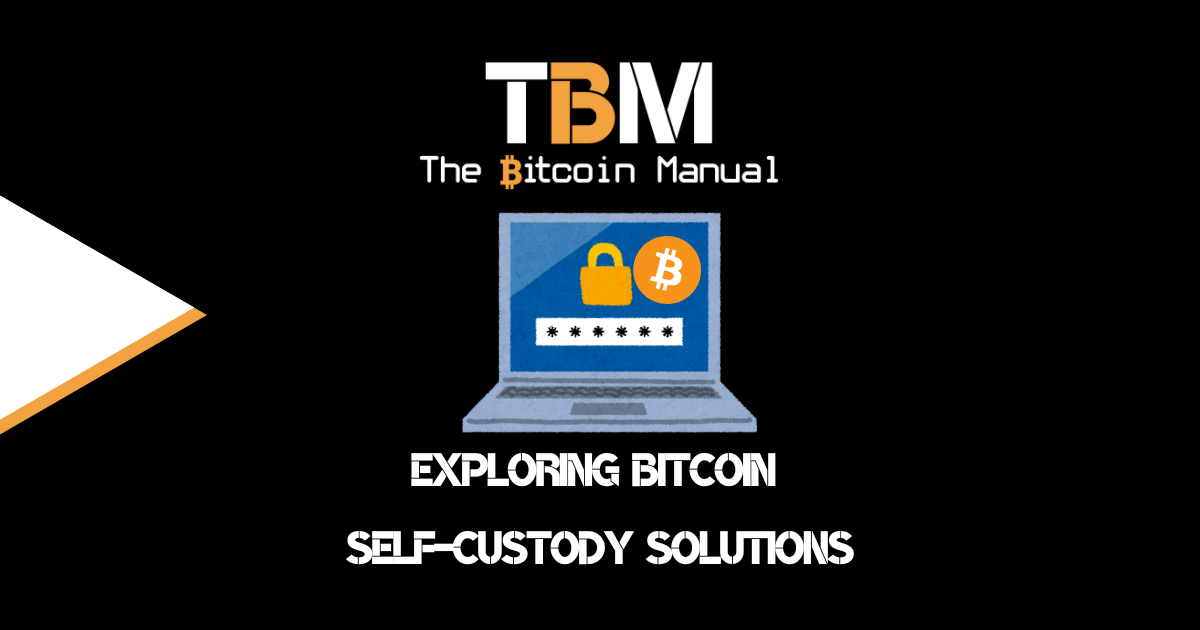The Bitcoin Network and its underlying blockchain is a programmable money system open for anyone to review and audit. The rules of Bitcoin are governed by the code Bitcoin Core code base, and every node ensures the rules are checked against every block, while miners need to abide by the rules if they want to get paid.
In the early days of the network, Satoshi himself could push through changes because only they and a few others were paying any attention to it. However, as it’s expanded into a global network verified by thousands of globally distributed nodes, pushing through changes to Bitcoin becomes a more challenging proposition.
The core system of Bitcoin has mostly stayed the same since its launch, and this level of consistency inspires confidence in the network. But Bitcoin the network cannot remain undeveloped forever, especially if the network has any hope of scaling to meet the financial needs of a global population.
The need to scale Bitcoin has to be measured approach; with so many resources and people already using the chain, you don’t want to push through bold changes that could bring down the network. So each update to Bitcoin has to go through public review and scrutiny for many years before it gets merged into the code base.
Those who don’t wish to deal with these restrictions can either focus on developing layer two solutions, create a fork of Bitcoin or build their own blockchain to prove their use case.
Forking it up
While Bitcoin has resisted change, other chains embrace constant tinkering with altcoin blockchains changing due to advancing computer hardware, new software technologies, new trends, political pressure and much more.
In the altcoin space, we’ve seen chains remove fundamental parts of their system, such as a transition of blockchains from Proof-of-Work mining to Proof-of-Stake validation. We’ve seen chains change their monetary policies and inflation rates; we’ve seen chains change their hashing algorithm, all in a bid to remain competitive with Bitcoin.
Considering the history of forking in the altcoin, it is safe to say that we will continue to see new forks claiming to provide innovation and sustainable ways to use cryptocurrencies in the future.
This is not to say forking is bad; having system upgrades that provide real value is necessary for any network to improve and grow, but when you’re constantly making changes to a complex system, you run the risk of breaking things or impacting incentive structures.
Changes to the operation, consensus or adding of new features should not be taken lightly and should be carefully studied, along with the option of falling back to a previous state when required; this is where soft forks come into play.
What is a Bitcoin soft fork?
A soft fork is a change to the Bitcoin protocol that is backwards compatible. This means that a node does not have to upgrade and can continue to use the previous iteration of the code due to convenience or as a political statement signalling they don’t support the new changes or features.
Nodes can run the older version of Bitcoin or the latest version of the protocol and still be able to participate in the network. In a soft fork situation, nodes need to signal that they are accepting the upgrade and will run the new code, known as a User Activated Soft Fork (UASF).
If a large enough cohort of nodes run the new code, they allow the mempool to propagate with these updated transaction formats, and miners will follow as the incentive to mine those transactions and earn fees, bringing them along for the ride.
Alternatively, miners could activate a soft fork too, but this proposition could be more contentious. (All soft forks are contentious, the severity only changes based on the Bitcoin community court of opinion).
How does a miner-activated soft fork work?
Miner-activated soft forks or MASFs are a type of soft fork that is activated by miners. A miner-activated soft fork works by requiring miners to signal their support for the new rules before they can mine blocks.
The signal is set by a special flag in the block header. If a critical portion, usually upwards of 90%, of miners signal support. Once most miners signal their support for the new rules, the soft fork will be activated, and miners will begin mining blocks under the updated ruleset.
While miners are a critical part of the network, they provide the hash power to secure blocks and keep the chain ticking over securely; they are beholden to the nodes.
Miners do not determine the rules of the network. If miners implement rules with which nodes do not agree, their blocks will be ruled invalid, exposing them to possible financial losses.
Why do communities push for soft forks?
New Features:
The most popular reason for a soft fork is to add new features; it could be a simple update which could accommodate more throughput on chain or provide better transaction compiling. Blockchain upgrades also allow developers to add new features like additional compatibility layers.
Security Fixes:
As technology improves, so do the tools used by hackers to compromise blockchains, and because the bounty for cracking a chain continues to grow with time, security patches and bugs are a must.
Efficiency Changes:
Upgrades to the code base or protocol help developers address these problems by improving the computational performance of the software and the blockchain network.
Reversing Transactions:
Forks can recover funds lost from fake transactions or hacks, often referred to as chain rollbacks, which have been forked in on certain altcoin chains like Ethereum.
Examples of Bitcoin soft forks.
Some examples of miner-activated soft forks include:
- 2017: Segregated Witness (SegWit): SegWit is a soft fork that was activated on the Bitcoin network, which increased the block size limit and introduced new lightweight transaction formats. (It also resulted in a hard fork with a specific subset moving on to create Bitcoin Cash)
- 2021: Taproot: Taproot is a soft fork activated on the Bitcoin network that added new cryptographic signatures and improved compatibility with the Lightning network.
- Possible future soft fork candidates include Eltoo, ANYPREVOUT, CHECK TEMPLATE VERIFY & Drivechains.
Advantages and disadvantages of miner-activated soft forks
Miner-activated soft forks have several advantages, including:
- They are relatively easy to implement.
- They do not require all nodes to upgrade.
- They can add new features to the blockchain without splitting the network.
However, miner-activated soft forks also have some disadvantages, including:
- They can be more difficult to coordinate than other types of soft forks.
- They can be more vulnerable to miner collusion.
- They can cost miners block rewards if they side with the wrong faction against the nodes.
- They can cause temporary uncertainty in the market, dampening prices and making it harder for more miners to remain profitable.
A fork in the road
Miner-activated soft forks are a powerful tool that can push change on the Bitcoin network should there be a stalemate among nodes, but it has risks to all parties involved. Weighing the advantages and disadvantages before implementing a miner-activated soft fork is essential.
Any feature or update pushed to the chain needs to provide undeniable value to all involved to justify the drama it could cause in the short term. Despite the calls for the ossification of the base chain and a move towards improving current second-layer solutions, soft forks will never go away.
Technology is becoming faster and cheaper to implement – opening doors to new options as nodes become more powerful along with miners; these improvements provide more room for software to exploit it. This evolution is a natural process since Bitcoin operates on hardware (nodes and miners) that requires software that extracts as much value from resources committed to it, and with changing technology over time, soft forks will rear their heads.




